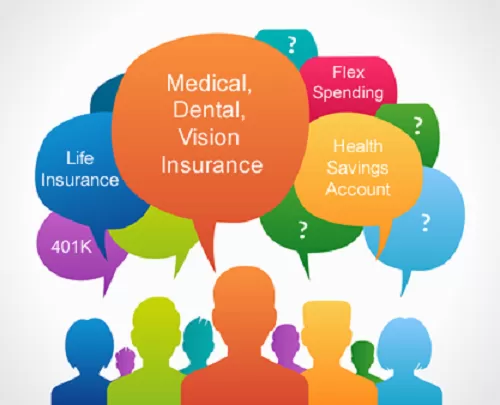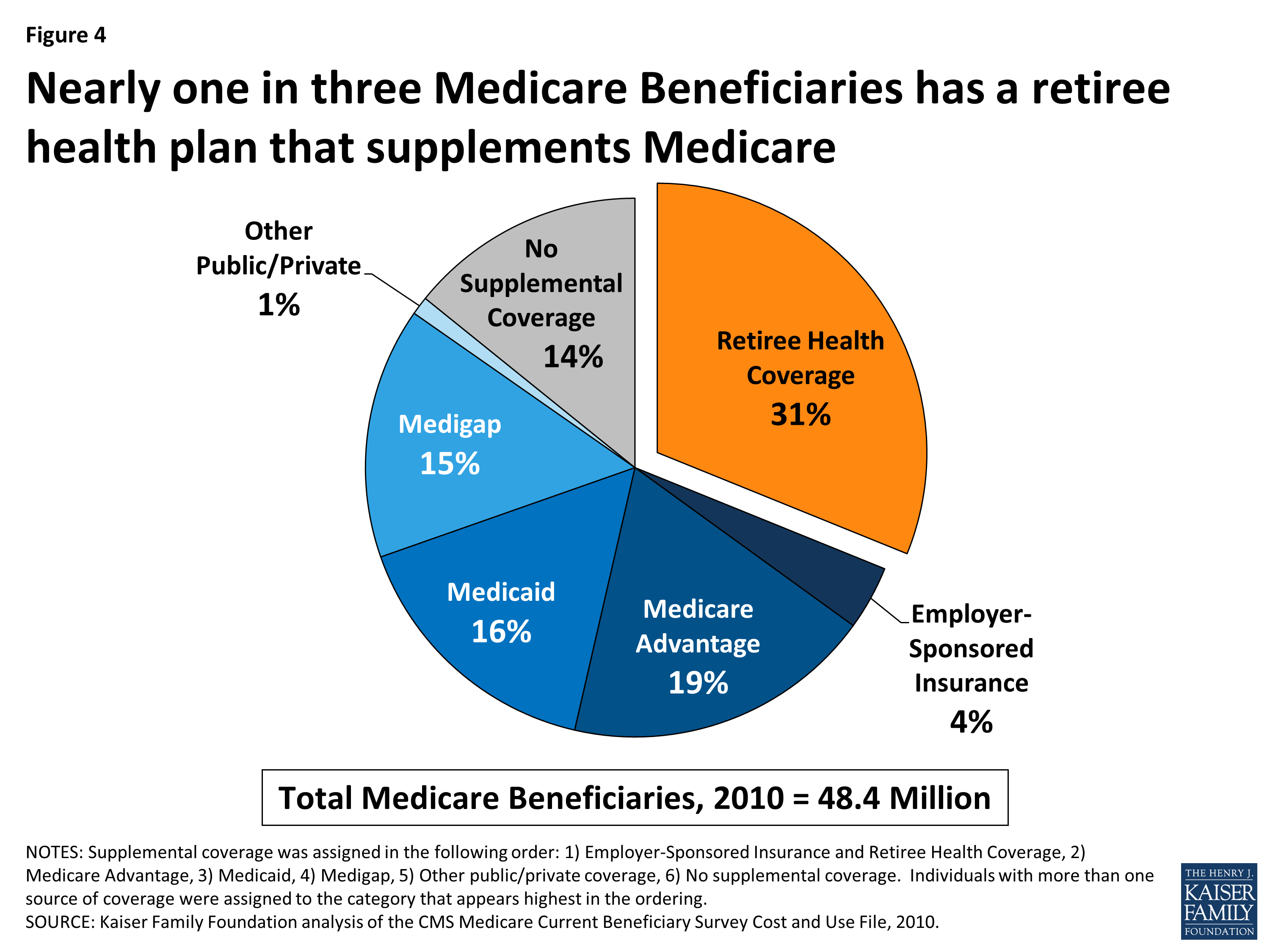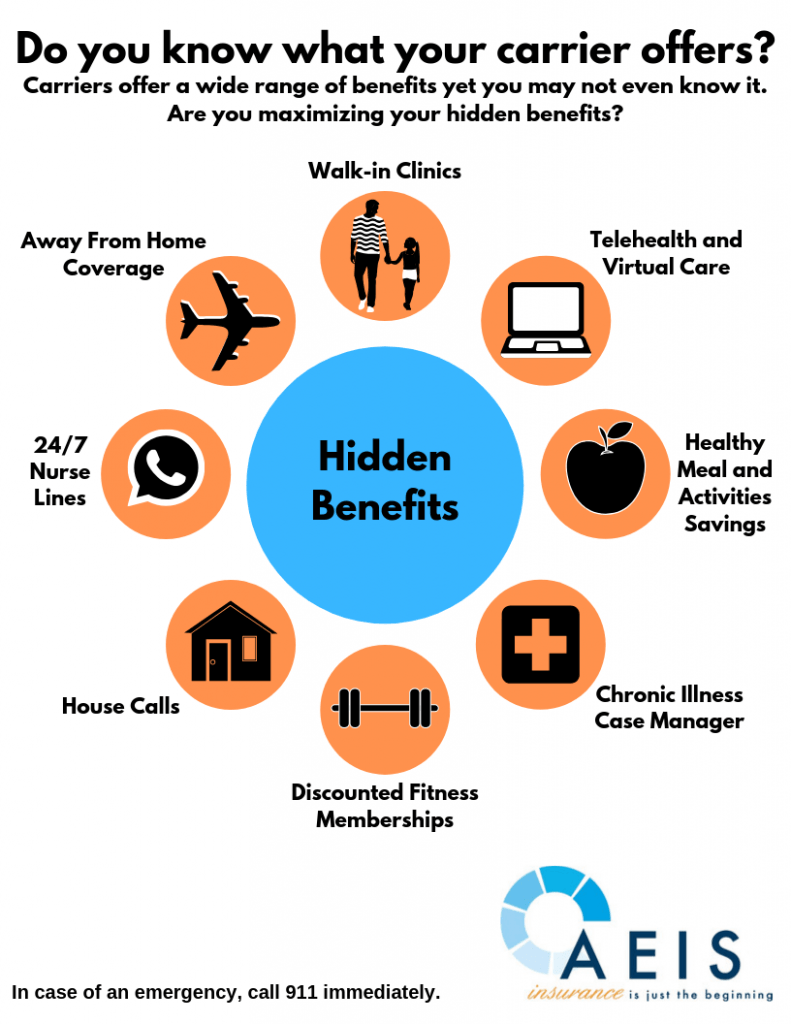The Basic Principles Of Medicare Advantage Agent
The Basic Principles Of Medicare Advantage Agent
Blog Article
Everything about Medicare Advantage Agent
Table of ContentsMedicare Advantage Agent for DummiesNot known Facts About Medicare Advantage AgentRumored Buzz on Medicare Advantage Agent

adheres to from perplexing the reasonably young age profile of the uninsured with the far better health and wellness, usually, of younger persons. This obscures the link between health status and medical insurance. For those without access to work environment wellness insurance coverage, poor wellness is a possible barrier to buying nongroup protection because such insurance coverage may be highly priced, exclude preexisting problems, or be just inaccessible. The number of without insurance Americans is not specifically large and has not changed in recent times. Seven out of ten respondents in an across the country representative survey thought that fewer Americans did not have medical insurance than really do(Fronstin, 1998). Roughly fifty percent(47 percent )believed that the variety of individuals without health and wellness insurance policy reduced or remained constant over the latter half of the last decade(Blendon et al., 1999). This decrease of practically 2 million in the number of people 'without insurance (a reduction
of about 4 percent)is absolutely a favorable change. With a softer economy in 2000 the most up to date reported gains in insurance policy coverage may not continue(Fronstin, 2001 ). The decrease in the number of uninsured will certainly not proceed if the economy stays slow and health and wellness treatment prices remain to outmatch inflation. This is because the information were gathered for a duration of solid economic efficiency. Of the approximated 42 million people who were uninsured, just about concerning 420,000(concerning 1 percent)were under 65 years old, the age at which most Americans come to be eligible for Medicare; 32 million were grownups in between ages 18 and 65, about 19 percent of all grownups in this age group; and 10 million were youngsters under 18 years of age, regarding 13.9 percent of all children (Mills, 2000). These price quotes of the number of individuals without insurance are created from the annual March Supplement to the Existing Population Survey (CPS), performed by the Census Bureau. Unless otherwise noted, nationwide price quotes of individuals without wellness insurance and percentages of the populace with different kinds of coverage are based on the CPS, the most extensively made use of resource of quotes of insurance policy protection and uninsurance prices. These surveys and the quotes they produce are defined briefly in Table B. 1 in Appendix B - Medicare Advantage Agent. These surveys differ in size and tasting techniques, the inquiries that are asked about insurance coverage
An Unbiased View of Medicare Advantage Agent
coverage, and the moment period over which insurance coverage or uninsurance is gauged(Lewis et al., 1998, Fronstin, 2000a ). Still, the CPS is especially beneficial because it creates yearly estimates fairly promptly, reporting the previous year's insurance coverage estimates each September, and due to the fact that it is the basis for a consistent set of price quotes for more than twenty years, permitting for evaluation of trends in coverage in time.

The 7-Second Trick For Medicare Advantage Agent
Over a three-year duration beginning early in 1993, 72 million individuals, 29 percent of the united state population, were without coverage for at least one month. Within a solitary year(1994), 53 million people experienced at the site very least a month without protection(Bennefield, 1998a). Six out of every 10 uninsured grownups are themselves used. Working does enhance the possibility that one and one's household participants will certainly have insurance, it is not an assurance. Also members of households with 2 full-time wage income earners have virtually a one-in-ten opportunity of being uninsured (9.1 percent uninsured price)(Hoffman and Pohl, 2000 ). The partnership in between medical insurance and accessibility to care is well established, as documented later in this chapter. The partnership in between health and wellness insurance policy and wellness end results is neither straight nor basic, a considerable clinical and health solutions research study literature links wellness insurance policy protection
to improved access to care, better qualityTop quality and improved personal and population populace status. For instance, the second report, on individual health end results for uninsured grownups, is represented by the innermost circle of the number, while the 3rd record, on household health, incorporates the subjects of the second report but stresses a various device of analysis, namely, the family. The sixth report in the series will offer information about approaches and efforts embarked on in your area, statewide, or country wide to address the absence of insurance and its unfavorable impacts. Levels of analysis for examining the impacts of uninsurance. This discussion of health and wellness insurance coverage concentrates largely on the united state population under age 65 due to the fact that basically all Americans 65 and older have Medicare or other public insurance coverage.
Moreover, it concentrates especially on those without any kind of health insurance coverage for any type official source of length of time. The troubles faced by the underinsured are in some respects comparable to those encountered by the uninsured, although they are generally much less serious. Uninsurance and underinsurance, nevertheless, entail clearly various plan problems, and the approaches for resolving them may differ. Throughout this research study and the five records to adhere to, the primary focus gets on individuals without any health insurance coverage and thus no assistance in spending for healthcare past what is available through charity and safety and security internet establishments. Health and wellness insurance is a powerful factor impacting invoice of care because both people and physicians reply to the out-of-pocket rate of solutions. Medical insurance, however, is neither necessary neither enough to get to clinical solutions. Nonetheless, the independent and straight impact of health
insurance coverage on accessibility to health solutions is well established. Others will certainly get the wellness treatment they need also without medical insurance, by paying for it out of pocket or seeking it from service providers that supply treatment free or at highly subsidized rates. For still others, wellness insurance alone does not guarantee invoice of care due to other nonfinancial obstacles, such as a lack of health and wellness care carriers in their neighborhood, restricted access to transport, illiteracy, or etymological and cultural distinctions. Formal research about without insurance populaces in the USA dates to the late 1920s and early 1930s when the Board on the Cost of Medical Treatment generated a series of reports regarding financing physician workplace gos to and hospital stays. This problem ended up being significant as the varieties of clinically indigent climbed during the Great Clinical depression. Empirical studies consistently support the web link in between accessibility to care and boosted health and wellness results(Bindman et al., 1995; Starfield, 1995 ). Having a normal source of care can be thought about a predictor of access, rather than a direct procedure of it, when wellness end results are themselves utilized as access indicators. This expansion of the idea of accessibility measurement was made by the IOM Committee on Keeping Track Of Access to Personal Wellness Treatment Services(Millman, 1993, p. Whether or not moms and dads are guaranteed appears to influence whether their youngsters obtain treatment in addition to just how much careeven if the kids themselves have protection(Hanson, 1998). The health of parents can affect their capability to look after their kids and the level of family tension. Bothering with their children's accessibility to care is itself a resource of anxiety for parents. 3 phases follow in this report. Chapter 2 provides an overview of exactly how employment-based health and wellness insurance coverage, public programs and individual insurance policies run and engage to offer extensive yet incomplete coverage of the U.S. populace. This consists of a review of historic trends and public plans affecting both best site public and personal insurance, a conversation of the interactions amongst the different kinds of insurance, and an examination of why people move from one program to one more or finish up

Report this page